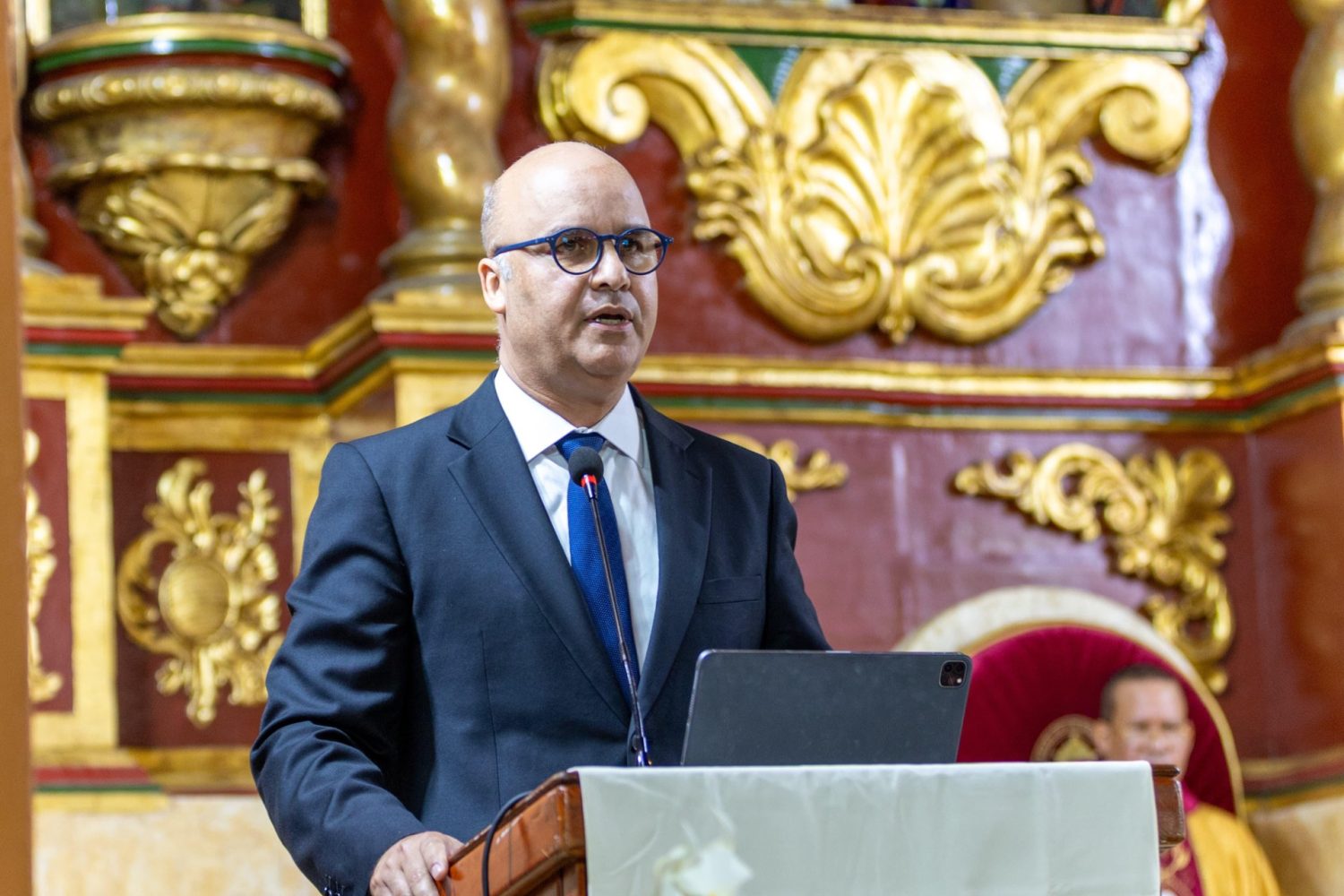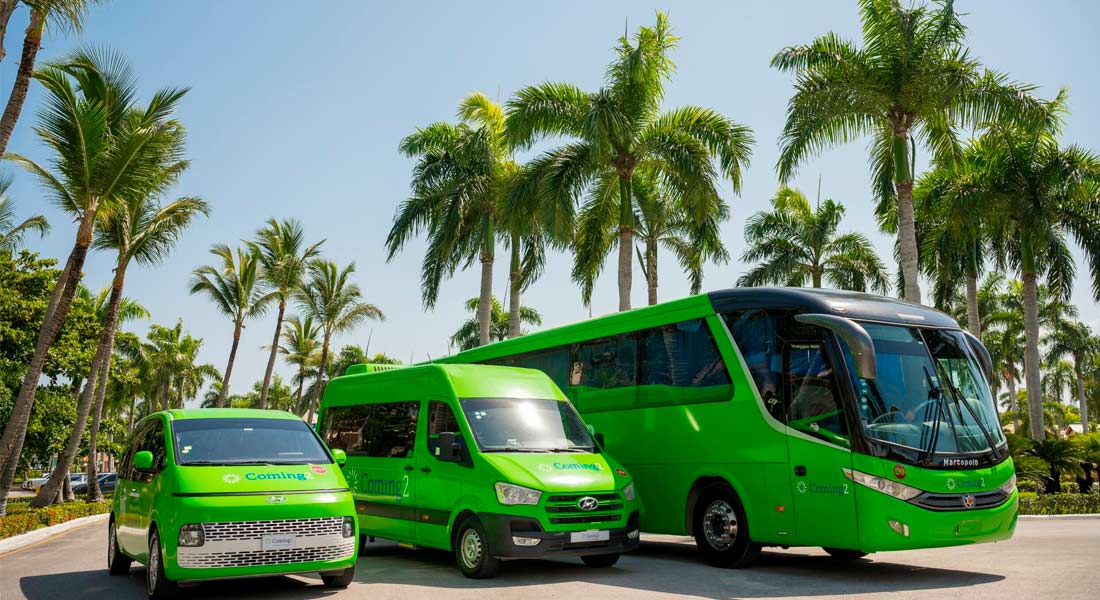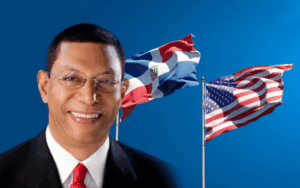Conclude study of tourist load for development of Pedernales

The Vice President of the Republic, Raquel Peña, in her capacity as interim Minister of the Environment, and the Minister of Tourism, David Collado, received from the executive director of the General Directorate of Public-Private Partnerships (DGAPP), Sigmund Freund, the results of the tourist load capacity studies carried out in Cabo Rojo and Bahía de las Águilas.
“The tourism load capacity studies carried out on the Cabo Rojo-Pedernales Tourism Development Project and the Public Use Zone of the Bahía de las Águilas National Recreation Area, show the sustainability commitment proposed by the Pro-Pedernales Trust and the General Directorate of Public-Private Partnerships, it is the first time that comprehensive studies of this nature are carried out for the development of a tourist pole in the country”, Freund said.
He revealed that, as a result of the tourist load capacity studies, the Pro-Pedernales Trust and the DGAPP have welcomed the suggested recommendations, such as the “Proposal for the Environmental and Social Management and Management Strategy, the request to the Ministry of Environment Environment and Natural Resources for the establishment of a co-management agreement for the public use zone of Bahía de las Águilas under the modality of land management and the draft of the Public Use Regulation for Bahía de las Águilas, which is intended to implement as soon as the agreement is approved.
The official indicated that, among the most significant findings of the study, is that, in the part of the cape, nesting areas of rhinoceros iguanas and a dry forest in perfect state of conservation with populations of guanito, prickly melon, cayuco and espadrilles were found.
Freund explained that, given this finding, the consultants recommended reconsidering the location of a golf course that was planned in the Master Plan to be built in that area.
“Upon learning of this suggestion, the General Directorate of Public-Private Partnerships and the Technical Management Unit of the Pro-Pedernales Trust decided not to build the golf course in that place, so as not to affect the existing ecosystems,” he explained.
He reiterated that both environmentalists and the people of Pedernales can be sure that in Cabo Rojo nothing will be done that threatens the ecosystem.
In addition, the executive director of the DGAPP stated that the tourist load capacity study is of vital importance because it allows knowing the intensity of the use of the area’s resources by its guests, residents, employees and visitors, so that make the pertinent decisions for the adequate and sustainable management of this new destination, which he said is called to be a benchmark in the region.
Likewise, it indicated that considering that the tourism development of Cabo Rojo-Pedernales will generate a greater number of visits to Bahía de las Águilas, the Study of Tourist Load Capacity of the Bahía de las Águilas Public Use Zone was carried out, to assess and responsibly assess the impact that the increase in visitors could cause, in order to consider the pertinent measures and manage this resource sustainably.
He added that the initiative of these studies highlights the scope of development in a tourist destination such as Cabo Rojo-Pedernales, which encourages its management to be controlled to achieve efficient and sustainable management.
The studies, carried out by the consulting company Russa García & Asociados in charge of the MSC. Lourdes Russa, were delivered at a scheduled meeting at the headquarters of the Ministry of Environment and Natural Resources. Also participating were the Vice Minister of International Cooperation for the Environment, Juan Eduardo Julia, and the Vice Minister of Tourism for International Cooperation, Carlos Peguero.
Technical details of the study
The tourist load capacity establishes the biophysical limit that a natural environment can support according to an expected tourist development, without being a threat to the integrity of the ecosystems.
The calculation of the tourist load capacity is carried out from a complex and comprehensive process where a series of elements are taken into consideration: ecological, physical, social, economic, legal and cultural, whose analysis, by interrelating them, provides valuable information and necessary to manage tourist destinations from a systemic perspective, especially in the case of potential and emerging destinations.
In these studies, not only calculations of tourist carrying capacity were made, as quantitative aspects, but qualitative aspects were also evaluated following methodologies applied in protected areas in the United States.
The activities proposed in the Cabo Rojo-Pedernales Tourism Development Plan were classified and characterized by phases, uses and sub-uses, as well as considering the environmental and social variables that interfere with said project, including aspects such as drinking water consumption. , energy, the generation of solid waste and liquid effluents, employment, housing, education and specialized training.
The study made it possible to identify the sensitive environmental areas of the area, taking into account the presence of: Permanent natural wetlands, Temporary natural wetlands, Red mangrove (Rhizophora mangle), Black mangrove (Avicennia germinans), Button mangrove (Conocarpus erectus), Dense forest mixed flora species, Cabo Rojo Guanito (Coccothrinax ekmanii), Best preserved cacti forests, Rhinoceros iguana (Cyclura cornuta) nesting burrows, Sea turtle nesting points, Dead coral storm terraces, Seagrass meadows , Coral reefs, Dunes and Cenotes.





